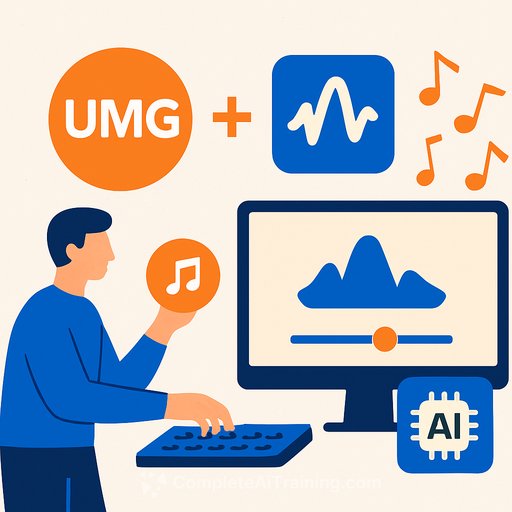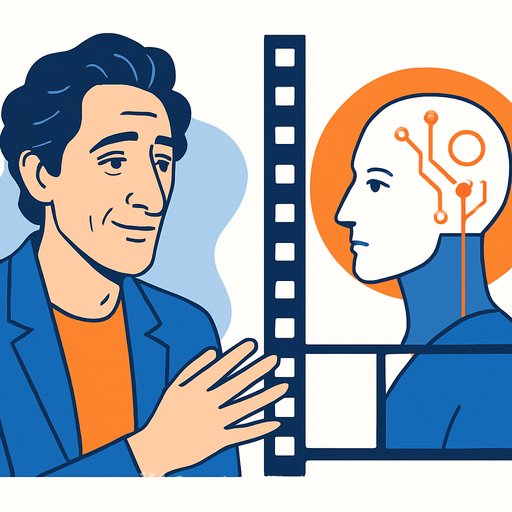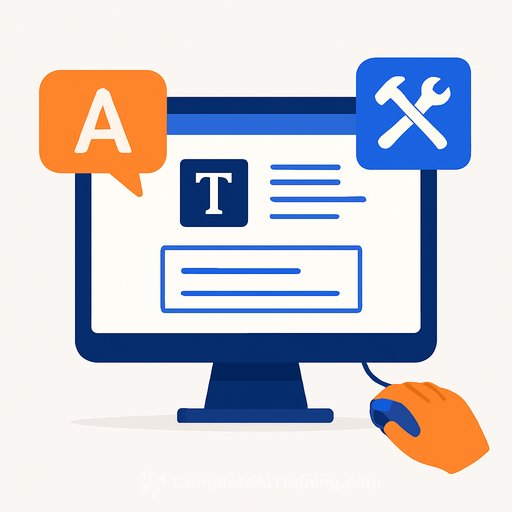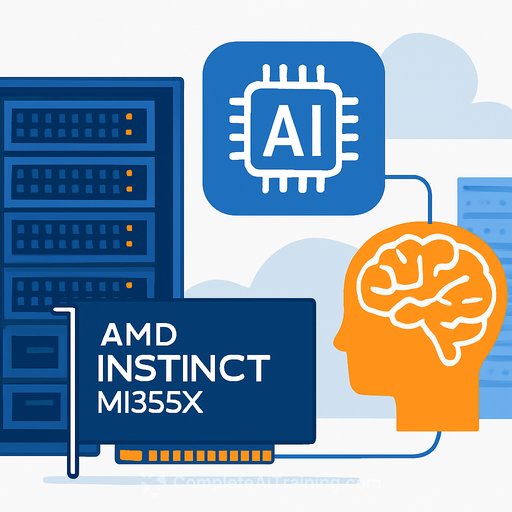UMG teams up with Stability AI to build licensed, "next-generation" music creation tools
Universal Music Group has entered a strategic alliance with Stability AI to develop professional AI music tools trained on licensed catalogs. The goal: responsibly trained models that support recording and composition, with artists, producers, and songwriters directly involved in the build.
Stability AI's research and product teams will work closely with UMG and its artists to study creator workflows, test technical approaches, and iterate based on real feedback. The companies say the outcome will be fully licensed, commercially safe tools that support both artists and rightsholders and keep the integrity of the art intact.
This comes a day after UMG settled its copyright case with AI music platform Udio and agreed to co-launch a licensed AI music platform slated for 2026. It's a clear signal: UMG is shifting from legal fights to product partnerships-on its terms.
What UMG and Stability AI are saying
Michael Nash, Chief Digital Officer & EVP at UMG: "We start with what best supports our work to help [artists and songwriters] achieve creative and commercial success… We will only consider advancing AI tools and products based on models that are trained responsibly."
Prem Akkaraju, CEO of Stability AI: "UMG has long been a leader in technological innovation in music. This partnership marks the next chapter of music creation."
Why this matters for creatives, engineers, and product teams
- Licensed training data means fewer takedown risks and cleaner commercial use paths compared to gray-area tools.
- Artists in the loop suggests tools will focus on real recording and composition needs, not novelty demos.
- Expect features that prioritize professional workflows, quality control, and rights protection over raw output volume.
Context: UMG's broader AI posture
UMG calls this an industry-first set of agreements alongside deals with YouTube, TikTok, Meta, KDDI, KLAY Vision, BandLab, Soundlabs, and Pro-Rata. The Udio settlement and planned 2026 launch show UMG wants licensed systems, not open-ended scraping.
For Stability AI, this follows partnerships with Electronic Arts on game development tools and with WPP on advertising applications. The company has also discussed a potential marketplace where creators can license their work for AI training and get paid for it.
Stability AI positions itself as "the industry leader in commercially safe generative audio," noting its Stable Audio models are trained on licensed data for professional use. Learn more about Stable Audio on Stability AI's site: Stable Audio.
There's legal pressure in the background: Stability AI faces lawsuits, including a case brought by Getty Images over alleged unauthorized use of images. Coverage here: Reuters: Getty Images vs. Stability AI.
On the creative side, Stability AI researchers have suggested AI can blend styles to create "potentially new" genres-lowering the skill barrier to explore hybrid sounds and rapid iterations.
What to watch for
- Recording and composition features that plug into DAWs and session workflows (stems, arrangement helpers, style guidance, and session-aware prompts).
- Clear consent, licensing, and attribution mechanics-vital for labels, libraries, and commercial clients.
- Artist-driven controls for tone, likeness, and brand protection to prevent misuse while enabling collaboration.
- Enterprise controls for IT: audit trails, usage analytics, and permissioning for teams and vendors.
How to prepare your stack and process
- Audit rights: map what you can feed into AI tools (masters, stems, samples) and where you need approvals.
- Set up a safe sandbox: test licensed AI models against your session templates, plugins, and export paths.
- Build prompt and preset libraries: standardize prompts, seed settings, and review checklists for repeatable results.
- Add guardrails: watermarking, version control, and metadata tagging so assets don't get orphaned or misused.
- Update contracts: address training consent, credits, revenue splits for AI-assisted works, and delivery specs.
- Train teams: producers, engineers, and devs should align on file hygiene, rights flags, and approval flows.
If you're leveling up skills across teams, explore practical courses and tools by role here: Complete AI Training - Courses by Job.
The bottom line
UMG and Stability AI are building with artists at the table and licensed data under the hood. For creatives and builders, the opportunity is clear: prepare your rights, workflows, and guardrails now so you're ready to plug into tools that can ship real work-safely.
Your membership also unlocks:










